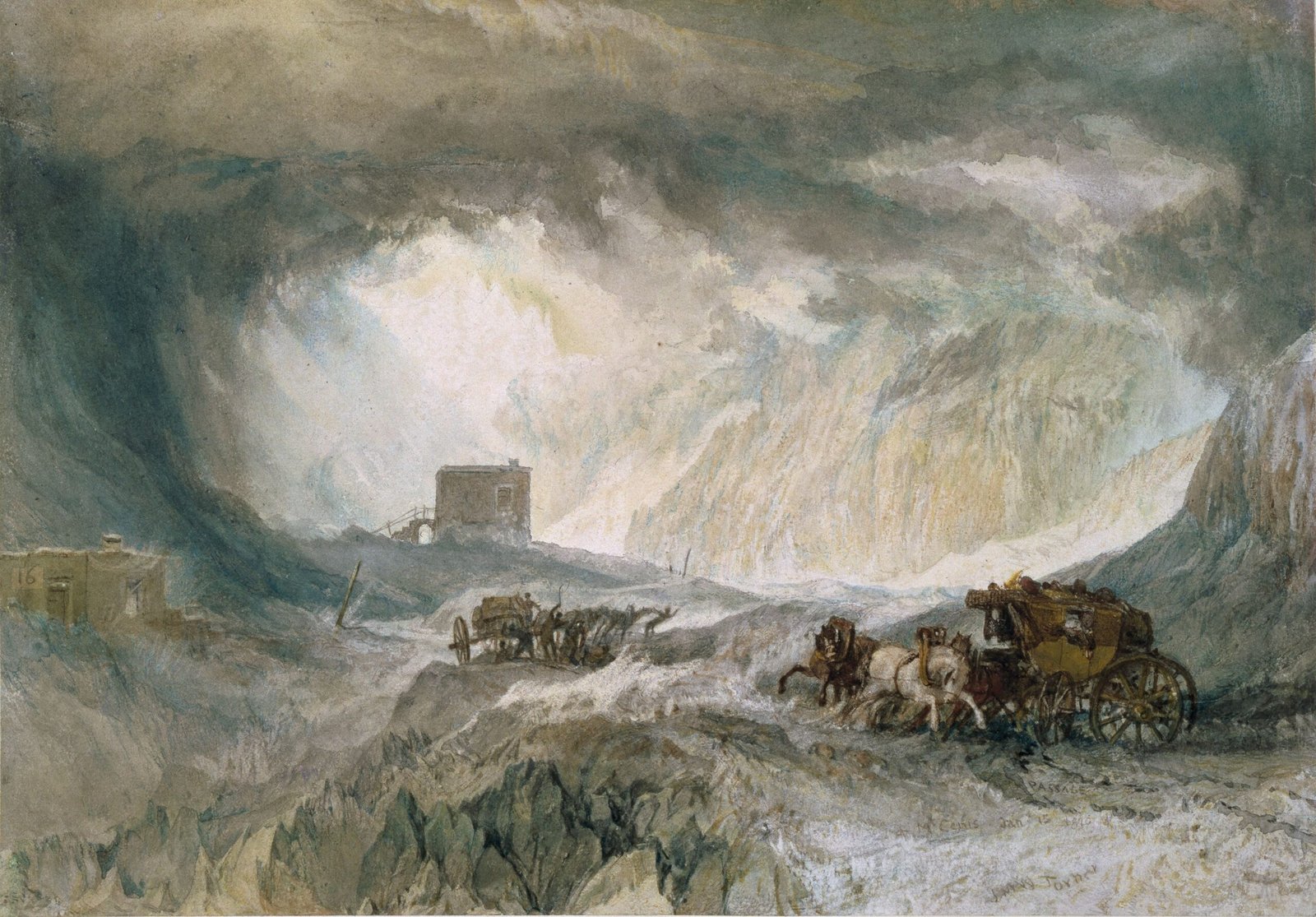Table of Contents
Introduction of Social Media

Social media has become an integral part of modern society, with billions of people around the world using platforms like Facebook, Instagram, and Twitter to connect with friends, family, and communities. But the concept of using the internet to share information and connect with others is not a new one. In fact, the history of social media stretches back more than two decades, and its evolution has had a significant impact on how we communicate and interact with each other.
The term “social media” refers to websites and applications that allow users to create and share content or participate in social networking. This includes a wide range of activities, such as sharing photos and videos, posting updates about one’s life, participating in online discussions, and connecting with like-minded individuals.
In this article, we will explore the history of social media, from its early beginnings to its current state as a mainstream communication and networking tool. We will also examine the impact of Its on communication and relationships, as well as look at emerging trends and potential future developments in the field.
The early years of Social Media
The earliest forms of social media can be traced back to the 1970s, with the creation of internet forums, which allowed people to discuss specific topics or interests online. One of the first known forums, called Usenet, was created in 1979 and allowed users to post and read messages on various topics.
In 1997, a website called Six Degrees was launched, allowing users to upload a profile and connect with friends. While the site was popular at the time, it never reached the level of mainstream adoption that other social media platforms would later achieve.
The rise of blogging in the late 1990s and early 2000s also played a significant role in the early development of social media. Websites like LiveJournal and Xanga allowed users to create and maintain personal blogs, where they could share their thoughts and experiences with a wider audience.
Microblogging, or the act of posting short updates or messages online, also emerged as a popular form of social media in the early 2000s. The launch of Twitter in 2006 popularized this format, and it quickly gained a large user base.
The growth and mainstream adoption of social media
The mid-2000s saw the emergence of several social networking sites that would become household names. In 2004, Facebook was launched as a platform for college students to connect with each other, but it quickly expanded to include users of all ages. By 2006, it had reached over six million users and became one of the most popular social networking sites in the world.
Other social networking sites, such as MySpace, LinkedIn, and AliveBuddy also gained popularity around this time, but Facebook’s user base continued to grow at a rapid pace. By the end of 2012, the platform had over one billion monthly active users.
The widespread adoption of social media has had a significant impact on society, particularly in the realm of politics and social movements. The Arab Spring, a series of protests and revolutions that took place across the Middle East and North Africa in 2010-2011, was heavily influenced by the use of social media to organize and disseminate information. The Black Lives Matter movement, which began in 2013, also utilized social media as a way to raise awareness about police brutality and racial injustice.
The impact of Social Media on communication and relationships
It has had a profound impact on the way we communicate and interact with each other. In the past, staying in touch with friends and family often required physical meetings or phone calls, but social media has made it easier to stay connected with people even when we are not physically together.
The immediacy of It has also changed the way we communicate. In the past, we might have had to wait days or weeks to receive a response to a letter or phone call, but now we can expect almost instant responses to our messages and updates. This can be both a blessing and a curse, as it can lead to a constant need for validation and make it harder to disconnect from our devices.
Despite the potential negative effects of Its on communication, it can also be a powerful tool for maintaining and strengthening relationships. Many people use social media to stay in touch with friends and family members who live far away, and it can be a great way to stay connected with loved ones who we might not see in person as often as we would like.
However, It can also have negative effects on relationships and mental health. Studies have shown that excessive use of social media can lead to feelings of loneliness and depression, as well as contribute to a decrease in face-to-face communication and a decline in relationship satisfaction.
The future of social media
As technology continues to advance, it is likely that It will evolve in new and exciting ways. One trend that is already emerging is the use of virtual reality in social media, with platforms like Facebook Spaces allowing users to interact with each other in virtual environments.
Artificial intelligence is also starting to play a larger role in social media, with the use of chatbots and other AI-powered tools becoming more common. These tools can be used to provide customer service, recommend content, and even assist with moderating online communities.
Other potential future developments in social media could include the integration of more immersive technologies, such as haptic feedback and augmented reality, as well as the increased use of blockchain to secure user data and protect against cyber threats.
It is difficult to predict exactly how It will evolve in the coming years, but it is clear that it will continue to play a significant role in society and the way we communicate with each other.
Conclusion
It has come a long way since the early days of internet forums and personal blogs. Today, it is a mainstream communication and networking tool that is used by billions of people around the world. Its evolution has been shaped by a variety of factors, including the rise of blogging and microblogging, the emergence of popular social networking sites, and the influence of technology and cultural trends.
The impact of social media on communication and relationships has been significant, with both positive and negative effects. On the one hand, it has made it easier for people to stay connected and share information with each other, but it has also contributed to a decline in face-to-face communication and a potential negative impact on mental health.
As technology continues to advance, it is likely that social media will continue to evolve and change. Emerging trends like virtual reality and artificial intelligence are already starting to make their mark, and it is possible that we will see even more immersive and innovative technologies in the future. Regardless of how social media evolves, it is clear that it will continue to play a significant role in the way we communicate and interact with each other.






